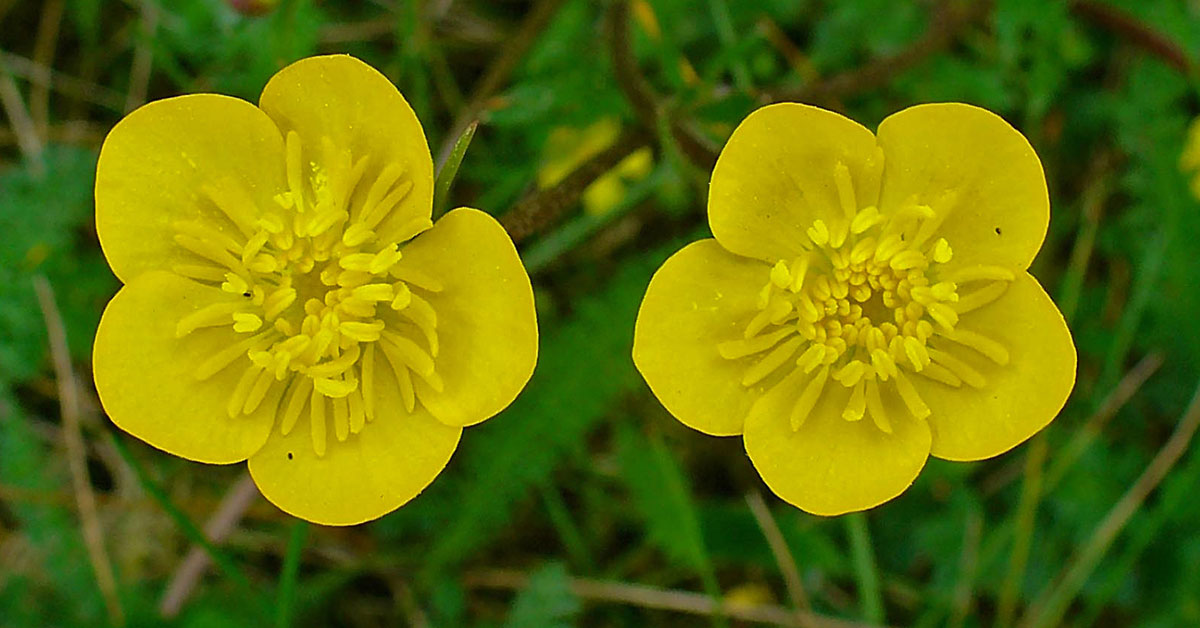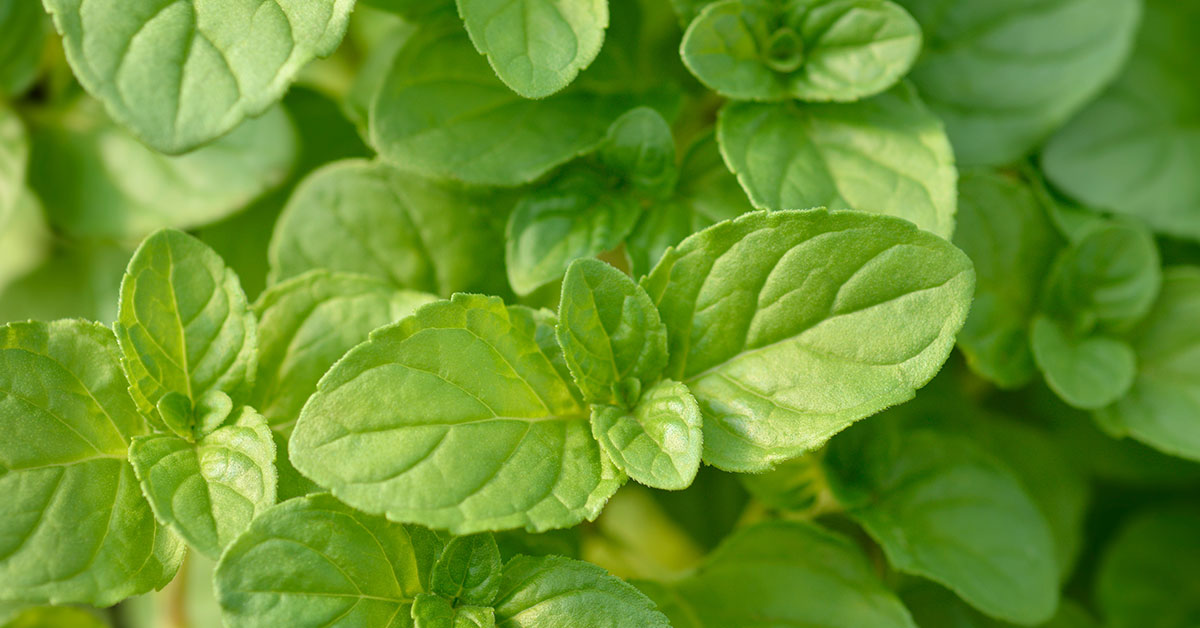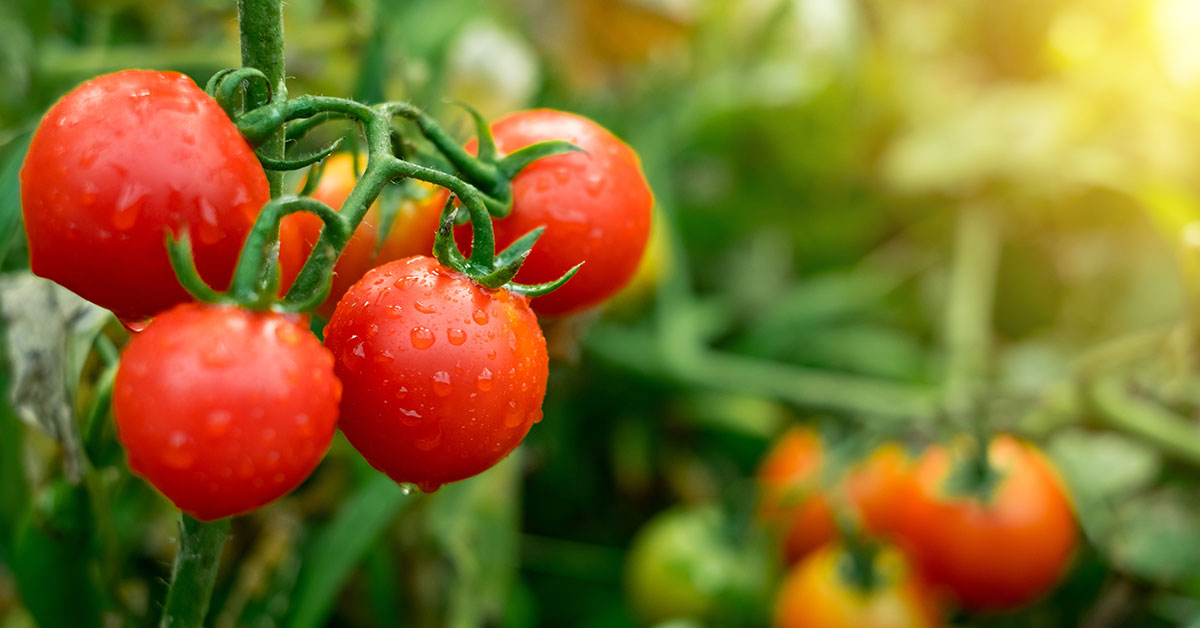Ranunculus, with their vibrant and delicate blooms, are a favorite among gardeners looking to add a touch of elegance to their landscapes. These stunning flowers, also known as buttercups, require proper care and nourishment to thrive and produce an abundance of blossoms. One crucial aspect of cultivating healthy Ranunculus plants is choosing the right fertilizer. With a plethora of options available in the market, it can be overwhelming to determine which fertilizer will provide the best results.
In this article, we will explore the various factors to consider when selecting a fertilizer for Ranunculus, including the essential nutrients, application methods, and organic alternatives. By understanding the specific needs of these beautiful flowers and making an informed choice, you can ensure that your Ranunculus blooms will be the envy of every garden enthusiast.
Does Ranunculus need to be fertilized?
Ranunculus can benefit from fertilization for optimal growth. Fertilizers provide essential nutrients that may be lacking in the soil, promoting healthy foliage and robust flowering. It is recommended to fertilize Ranunculus plants during their active growth period, which is typically in spring and early summer.
A balanced, slow-release fertilizer with a ratio of 10-10-10 or 14-14-14 is suitable for Ranunculus plants. Apply the fertilizer according to the manufacturer’s instructions, taking care not to over-fertilize, as this can lead to excessive foliage growth at the expense of flowers.
The best fertilizer for Ranunculus
The best fertilizer for growing Ranunculus is a balanced, slow-release fertilizer with a ratio of 10-10-10 or 14-14-14. This means it contains equal amounts of nitrogen (N), phosphorus (P), and potassium (K). Ranunculus plants require a well-balanced nutrient supply to support healthy growth and abundant flowering.
Additionally, incorporating organic matter such as compost or well-rotted manure into the soil before planting can provide essential nutrients and improve soil structure. This will help the Ranunculus plants establish strong roots and promote overall vigor.
It’s important to follow the manufacturer’s instructions for application rates and frequency. Generally, fertilizing Ranunculus plants every 4-6 weeks during the growing season is sufficient. Avoid over-fertilizing, as it can lead to excessive foliage growth at the expense of flower production.
When to fertilize Ranunculus
The ideal time to fertilize Ranunculus plants is in early spring, just as new growth begins to emerge. This is typically around the same time that you would start seeing the first leaves or shoots. Fertilizing at this time will provide the plants with the necessary nutrients to support healthy growth and abundant flowering throughout the growing season. It is important to avoid fertilizing Ranunculus plants too late in the season, as this can encourage excessive foliage growth at the expense of flower production.
Common issues with fertilizing Ranunculus
When fertilizing Ranunculus, there are a few common issues or problems that can arise:
- Over-fertilization: Applying too much fertilizer can lead to excessive vegetative growth at the expense of flower production. This can result in tall, leggy plants with fewer blooms.
- Under-fertilization: Insufficient nutrients can cause weak growth, pale foliage, and reduced flower production. Ranunculus plants require regular feeding to support their vigorous growth and abundant blooms.
- Imbalanced nutrient levels: Ranunculus plants require a balanced fertilizer with a higher ratio of phosphorus (P) to nitrogen (N) and potassium (K). An imbalanced fertilizer can lead to nutrient deficiencies or excesses, affecting plant health and flowering.
- Nutrient burn: Applying fertilizer directly to the foliage or in concentrated amounts can cause leaf burn or scorching. It’s important to follow the recommended application rates and avoid contact between fertilizer and plant parts.
- Timing of fertilization: Applying fertilizer at the wrong time can impact plant growth and flowering. Ranunculus plants benefit from regular feeding throughout their growing season, starting with a balanced slow-release fertilizer at planting and transitioning to a high-phosphorus liquid fertilizer during active growth and bud formation.
To avoid these issues, it’s crucial to follow the recommended fertilization guidelines for Ranunculus, monitor plant health, and adjust fertilizer application rates as needed. Regular soil testing can also help determine any nutrient deficiencies or imbalances, allowing for targeted fertilization.













